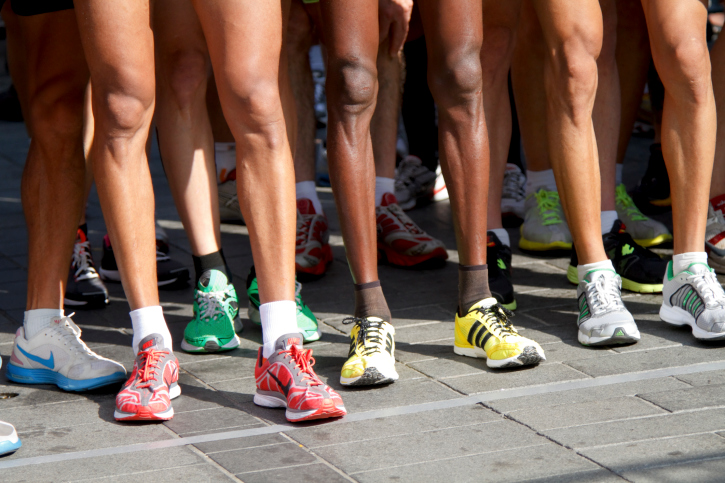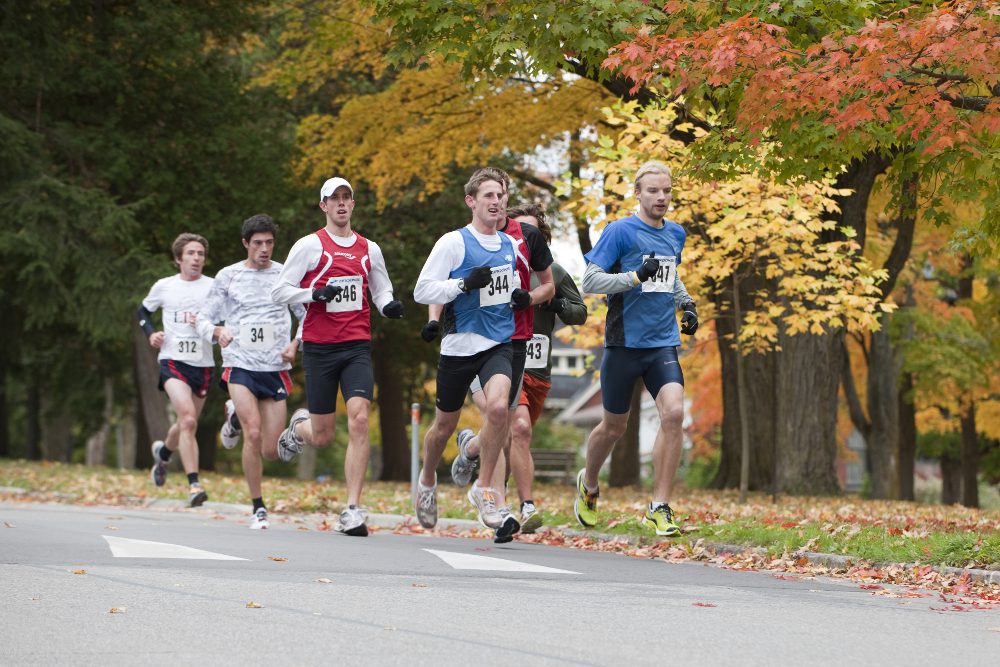When you should call it quits on race day
How to tell if lining up for a race is a bad idea

Preparing for a race is extremely exciting. Whether it’s your first, second or 100th, getting ready to toe the line is fun. But what happens if you’re approaching race day and your body isn’t feeling right? Unfortunately, it’s more common than you’d think. As runners train for a race, sometimes ambition can take over reason and cause them to make some less-than-ideal choices when it comes to their bodies.
https://www.instagram.com/p/BvG4oiXhDJz/
RELATED: How to avoid injury as a masters athlete
Sasha Gollish was scheduled to race the 2019 New York Half-Marathon on Sunday, but due to an ankle injury wasn’t able to make it to the start line. She had flown there, warmed up and taken herself to the start, but chose not to race. She walked us through why she decided not to run and how to know when racing could be a bad idea.
RELATED: Ankle mobility for injury prevention
Gollish twisted her ankle during her pre-race workout on Thursday before the NYC Half-Marathon on Sunday. She rolled her ankle inward and decided to hop on the bike instead of completing the workout that day. “I went home and rested and put some ice and compression after a word with my doctor team. I was very honest and transparent with the elite racing team here at the NYRR United Airlines Half and let them know what had happened. My goal was to rest up, heal up and get to the start line.”

Gollish says she had no pain and felt like she had stabilized by Friday. “I did the hop test, and thankfully the pain did not increase. The hop test is standing on one foot (the one that hurts) and hoping on it. Evaluate the level of pain out of 10, and whether the pain is stable or increasing. Less than a three and you’re probably OK to run. More than that and running is probably a bad idea.”
But her ankle wouldn’t tolerate Sunday’s warmup, which is when she decided to call it quits. “Warming up Sunday I felt really good for about 10 minutes. At about 12 minutes the pain started to increase. I went from tight, to a little painful, to very painful over a few short minutes. I’m stubborn and decided to do drills. I could not get up on my toes, or mid foot at all, it was just too painful.”
RELATED: Quickly increasing mileage and overuse injuries
After deciding not to race you will likely feel quite upset. Gollish reminds runners, “Moving forward is the hardest part. You’re so caught up in the moment of what’s happening. There’s the training you’ve put in, the travel to get to where you are, and the fear of missing out of the race all wrapped into one. I always take 24 hours to be sad, to embrace the emotions that come, to not ignore them but to also not deal with them. There is always another race and opportunity. It’s not worth throwing the training away by injuring yourself.”


